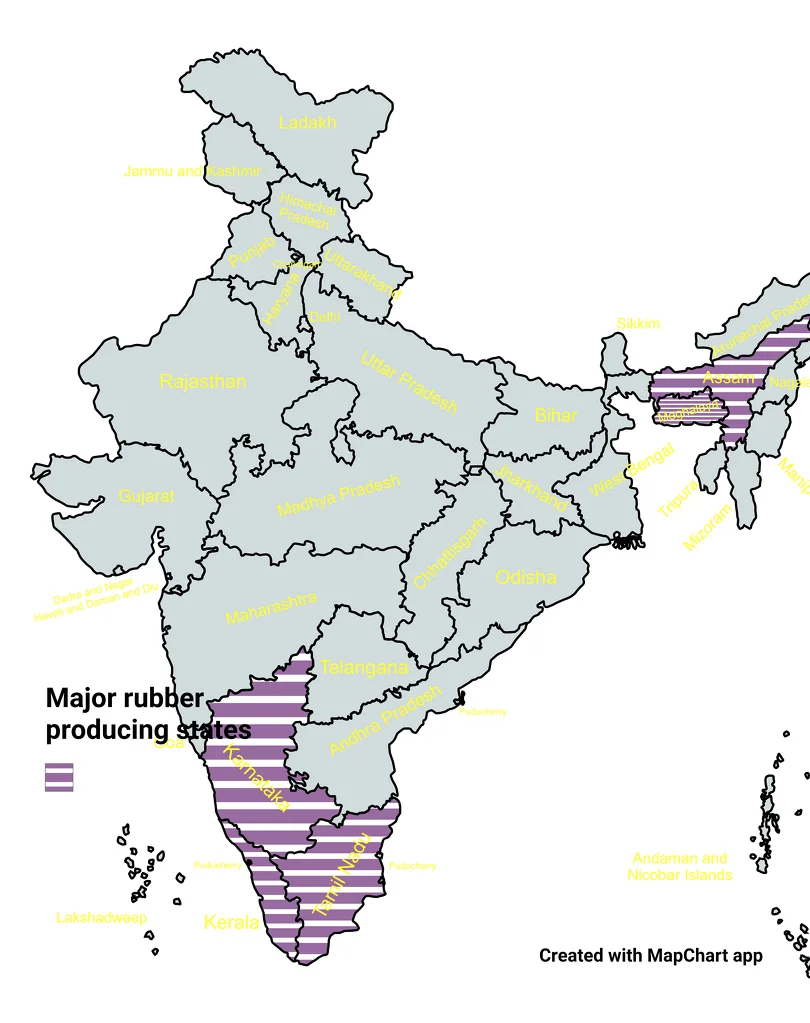Rapid Fire
Beetle-Fungus Threat to Rubber Trees
- 02 Aug 2025
- 2 min read
The rubber plantation of Kerala is facing a major threat from a beetle-fungi association of ambrosia beetle (Euplatypus parallelus) and fungi Fusarium ambrosia and Fusarium solani.
- Pathogenesis & Impact:
- Ambrosia beetles introduce Fusarium fungi into tree xylem, blocking water flow and causing leaf fall, trunk drying, reduced latex yield, and tree death.
- It damages tissues and leads to slow healing in trees.
- Ecological & Health Concerns:
- Ambrosia beetles threaten over 80 broadleaf tree species such as cashew, teak, coconut, and coffee.
- The Fusarium fungus affects plants, animals, and humans, posing health risks to those with weakened immunity.
- The threat may intensify if beetles co-associate with more virulent fungi, expanding their impact.
- Control Challenges & Mitigation:
- Infections are hard to manage as fungi spread through tissues, soil, and beetles, suppressing other microbes.
- Mitigation includes beetle traps, removing infected parts, antifungals, and biocontrol methods like antagonistic fungi, microbial consortia, and GM rubber plants.
Rubber
- Rubber is an elastic material derived from the latex or milky sap of rubber trees (Hevea Brasiliensis).
- India is the 3rd largest producer, 4th largest consumer of natural rubber, and 5th largest consumer of natural + synthetic rubber globally.
- Kerala (90%) followed by Tripura (around 9%) are leading producer states.
- Rubber grows best in 20°–35°C temperatures, over 200 cm annual rainfall, loamy or laterite soil, and sloped or elevated terrain.
| Read More: Boosting India's Rubber Industry |







